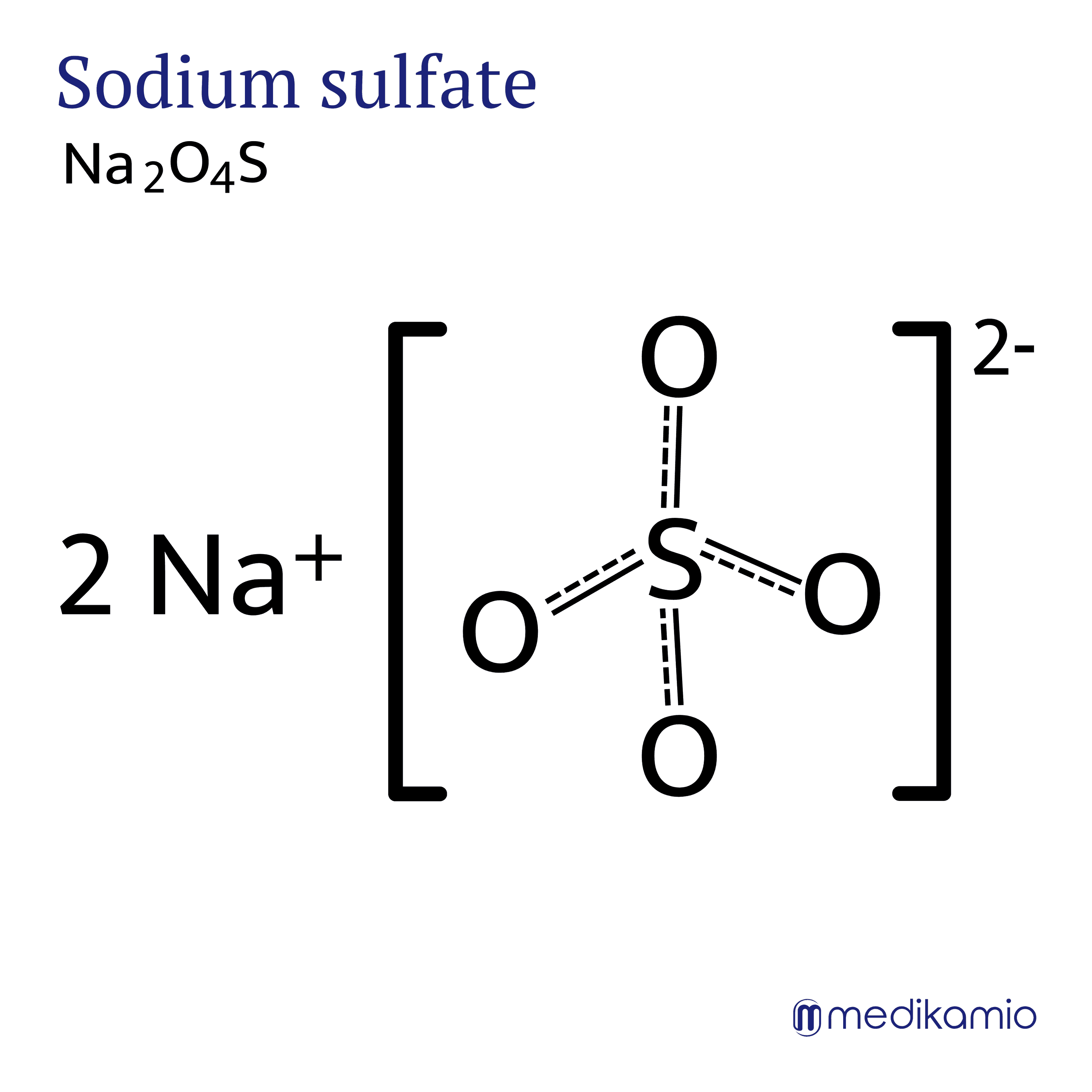Basics
Sodium sulphate, also known as Glauber's salt, is an active ingredient that is used in medicine as a laxative and is therefore used to treat constipation. In alternative medicine, it is also used for detoxification during spring cures. A distinction is made between anhydrous sodium sulphate and non-anhydrous sodium sulphate decahydrate. Glauber's salt actually refers to the non-anhydrous sodium sulphate decahydrate. Sodium sulphate is a white crystalline/hygroscopic powder that is very easily soluble in water. It releases heat in the process. Glauber's salt tastes salty and bitter.

